Overview of Photosynthesis and Cellular Respiration
Photosynthesis and cellular respiration are vital biological processes that sustain life. Photosynthesis converts sunlight into energy, producing glucose and oxygen, while cellular respiration breaks down glucose to release energy. Together, they form a fundamental cycle of energy and carbon exchange, essential for ecosystems and life on Earth.
1.1 Importance of Photosynthesis and Cellular Respiration in Life
Photosynthesis and cellular respiration are cornerstone processes sustaining life. Photosynthesis provides oxygen and glucose, essential for energy and growth, while cellular respiration converts glucose into usable energy. Their interdependence ensures energy flow and carbon cycling, vital for ecosystems. Without these processes, life as we know it would cease to function, making them indispensable for survival.
1.2 Basic Definitions and Key Concepts
Photosynthesis is the process by which plants, algae, and some bacteria convert sunlight, CO2, and water into glucose and oxygen. Cellular respiration is the breakdown of glucose to produce ATP, releasing CO2 and water. Both processes involve energy transformation and are interconnected, with photosynthesis producing oxygen used in respiration and respiration producing CO2 used in photosynthesis, forming a vital cycle for life.

Photosynthesis
Photosynthesis converts sunlight, CO2, and water into glucose and oxygen, storing energy in chemical bonds and supporting life on Earth through energy production and oxygen release.
2.1 Where Photosynthesis Occurs
Photosynthesis primarily occurs in the chloroplasts of plant leaves, where chlorophyll absorbs light. Some algae and bacteria also perform photosynthesis. The process is essential for energy storage and oxygen release, sustaining ecosystems by converting light energy into chemical energy through glucose production.
2.2 The Role of Chlorophyll and Pigments
Chlorophyll and other pigments are essential for photosynthesis, absorbing light energy and transferring it to drive the process. Chlorophyll captures blue and red light, while carotenoids absorb other wavelengths, protecting plants from excess light. These pigments are embedded in thylakoid membranes, enabling efficient light absorption and energy transfer, crucial for converting light into chemical energy.
2.3 The Water-Splitting Process and the Calvin Cycle
The water-splitting process in photosynthesis occurs in the thylakoid membranes, releasing oxygen and providing electrons for ATP synthesis. The Calvin Cycle uses ATP and NADPH to fix CO2 into glucose. Light-dependent reactions generate energy, while the Calvin Cycle produces organic molecules, creating a continuous cycle that sustains energy production and supports life on Earth.

Cellular Respiration
Cellular respiration converts glucose into energy through glycolysis, the Krebs cycle, and oxidative phosphorylation, producing ATP, essential for all living organisms.
3.1 Where Cellular Respiration Occurs
Cellular respiration occurs in the cytoplasm and mitochondria of cells. Glycolysis begins in the cytoplasm, while the Krebs cycle and oxidative phosphorylation take place in the mitochondria, producing ATP for cellular energy needs. This process is universal in all living organisms, from plants to animals, ensuring energy production at the cellular level.
3.2 The Role of Glucose and Oxygen in Energy Production
Glucose is the primary energy source for cellular respiration, broken down to release energy. Oxygen acts as the final electron acceptor in the electron transport chain, enabling the production of ATP during oxidative phosphorylation. The combination of glucose and oxygen drives the efficient generation of energy, making them essential components of cellular respiration in both aerobic organisms.
3.3 Glycolysis, the Krebs Cycle, and Oxidative Phosphorylation
Glycolysis breaks down glucose into pyruvate, producing small amounts of ATP and NADH. The Krebs Cycle further processes pyruvate, generating more ATP, NADH, and FADH2. Oxidative phosphorylation in the electron transport chain uses these molecules to produce the majority of ATP, utilizing oxygen as the final electron acceptor. Together, these steps efficiently convert glucose into energy in aerobic respiration.
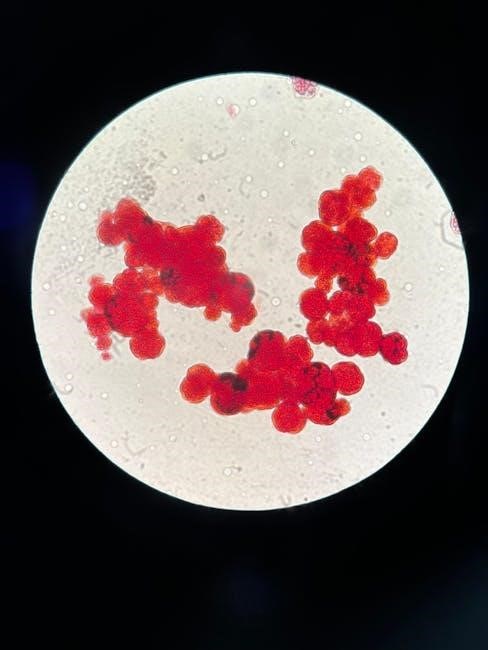
The Connection Between Photosynthesis and Cellular Respiration
Photosynthesis and cellular respiration form a vital cycle, converting energy and exchanging oxygen and carbon dioxide, thereby supporting life on Earth through interconnected energy and material flows.
4.1 The Carbon Cycle and Energy Flow
The carbon cycle links photosynthesis and cellular respiration, as carbon dioxide from respiration is used in photosynthesis to produce glucose. This glucose powers cellular respiration, releasing energy and CO2, maintaining Earth’s energy balance and sustaining life through continuous exchange of carbon and energy between organisms and the environment.
4.2 Oxygen and Carbon Dioxide Exchange
Photosynthesis and cellular respiration are interconnected through the exchange of oxygen and carbon dioxide. Photosynthesis releases oxygen as a byproduct, while cellular respiration consumes it to produce energy. Conversely, cellular respiration releases carbon dioxide, which photosynthesis uses to synthesize glucose. This mutual exchange sustains the balance of gases in the atmosphere, supporting life on Earth.

Environmental Factors Affecting Photosynthesis and Cellular Respiration
Environmental factors like light intensity, CO2 levels, and temperature significantly impact photosynthesis, while temperature and glucose availability influence cellular respiration, affecting energy production and organism survival.
5.1 Light Intensity, CO2 Levels, and Temperature in Photosynthesis
Light intensity, CO2 levels, and temperature significantly influence photosynthesis. Increased light intensity boosts ATP production, while higher CO2 levels enhance the Calvin cycle. Optimal temperatures maximize enzyme activity, but extremes can reduce efficiency. These factors interact to regulate the rate of photosynthesis, ensuring plants adapt to environmental conditions and maintain energy production.
5.2 Temperature and Glucose Availability in Cellular Respiration
Temperature affects enzyme activity in cellular respiration, with optimal ranges enhancing reaction rates. Glucose availability determines the speed of glycolysis, the first step. When glucose is scarce, cells rely on stored energy sources like glycogen. Temperature and substrate availability are critical in regulating cellular energy production, ensuring efficient ATP synthesis for cellular functions.
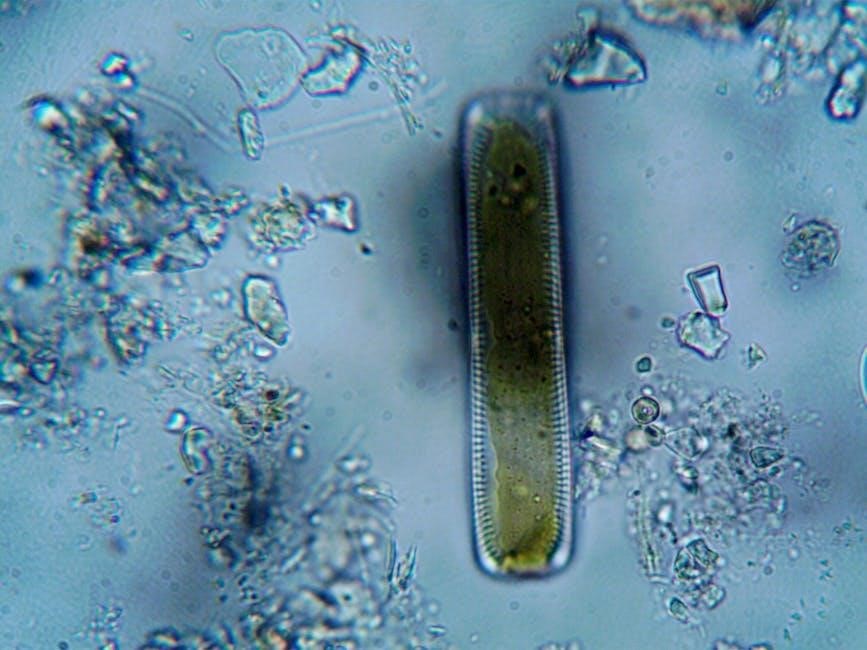
Practical Applications and Experiments
Practical applications and experiments in photosynthesis and cellular respiration provide hands-on learning. Techniques like leaf disk assays and CO2 sensors allow students to explore energy processes, enhancing understanding through real-world applications.
6.1 Measuring Photosynthesis Using Leaf Disks
Measuring photosynthesis with leaf disks involves submerging them in water or bicarbonate solutions to test photosynthetic rates. This experiment demonstrates oxygen production and the role of light intensity and CO2 levels. By observing disk buoyancy or using sensors, students can quantify photosynthesis, gaining insights into environmental factors affecting the process and its connection to cellular respiration.
6.2 Investigating Cellular Respiration with CO2 Sensors
CO2 sensors enable precise measurement of cellular respiration rates by detecting carbon dioxide release. Students can explore how temperature and glucose availability affect respiration. This hands-on approach visualizes the biochemical process, linking it to energy production and the complementary role of photosynthesis, fostering a deeper understanding of life’s energy cycles and their interconnectedness.
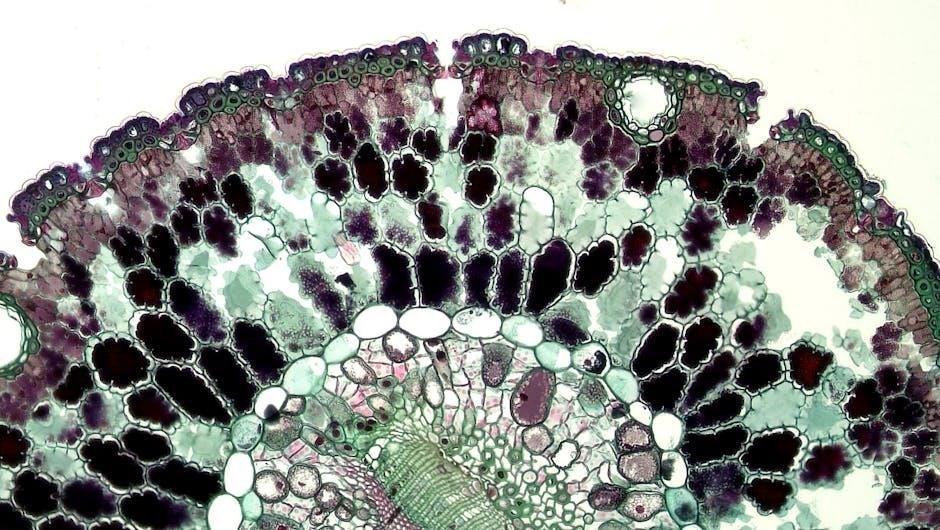
Teaching and Learning Resources
Engage students with interactive models, simulations, and lesson plans that simplify complex concepts of photosynthesis and cellular respiration, fostering hands-on learning and conceptual understanding.
7.1 Lesson Plans for Photosynthesis and Cellular Respiration
Effective lesson plans incorporate interactive activities, such as simulations and experiments, to teach photosynthesis and cellular respiration. These plans often include hands-on experiments with leaf disks and CO2 sensors, as well as diagnostic question clusters to assess understanding. They align with educational standards, providing structured guidance for teachers to engage students through inquiry-based learning and real-world applications.
7.2 Interactive Models and Simulations
Interactive models and simulations provide engaging ways to visualize photosynthesis and cellular respiration. Tools like the PASPORT CO2 Gas Sensor allow real-time data collection, while virtual labs simulate light-driven ATP synthesis. These resources, such as the VB Suite photosynthesis model, help students explore energy conversion processes interactively, aligning with educational standards and fostering a deeper understanding of these biological processes.
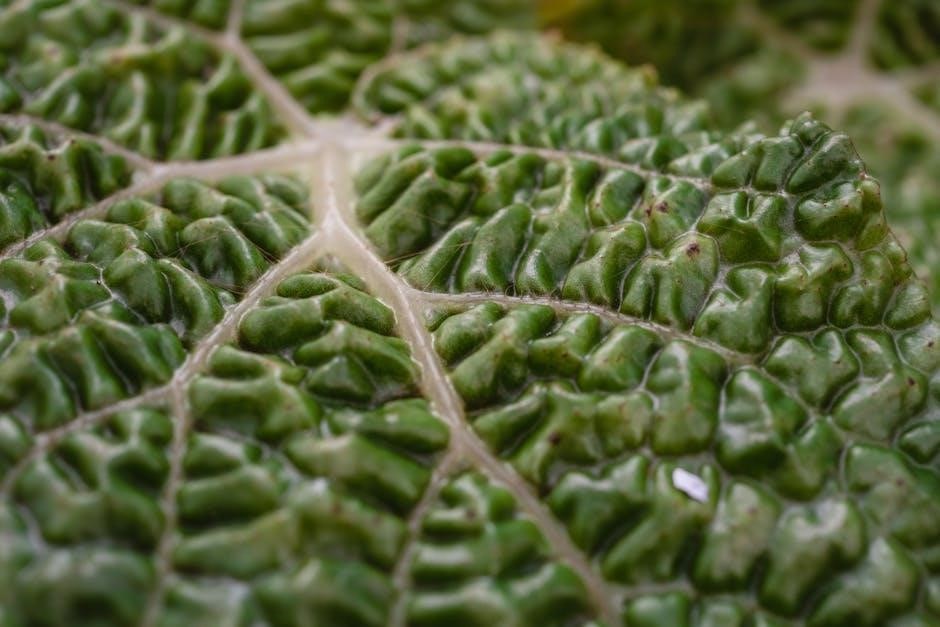
Key Experiments in the Study of Photosynthesis and Cellular Respiration
Key experiments, such as Hill’s light-driven ATP synthesis and Warburg’s respiratory enzyme studies, have significantly advanced our understanding of photosynthesis and cellular respiration mechanisms.
8.1 Hill’s Experiment on Light-Driven ATP Synthesis
Hill’s experiment demonstrated that isolated chloroplasts could produce ATP using light energy, separate from carbon fixation. This discovery revealed light reactions’ role in ATP synthesis, confirming photosynthesis’ two-stage process. His work laid the foundation for understanding energy transfer in photosynthesis and its importance in cellular respiration.
8.2 Warburg’s Experiments on Respiratory Enzymes
Warburg’s experiments explored the role of enzymes in cellular respiration, focusing on oxygen’s interaction with cellular components. His work identified key enzymes involved in energy production and demonstrated the importance of oxygen in respiratory processes. These findings significantly advanced the understanding of cellular respiration’s biochemical pathways and their role in energy synthesis.
Agricultural and Medical Implications
Optimizing photosynthesis enhances crop yields, while understanding cellular respiration aids in medical advancements, linking energy production to disease treatment and improving global food security and health outcomes.
9.1 Enhancing Crop Yields Through Photosynthesis Optimization
Optimizing photosynthesis improves crop yields by enhancing light absorption and CO2 utilization. Techniques like genetic modification and adjusting environmental factors can increase efficiency, leading to higher production and better food security.
9.2 Understanding Cellular Energy Production for Medical Advances
Insights into cellular respiration aid medical research, offering potential treatments for metabolic disorders. By studying energy conversion, scientists can develop drugs targeting cellular pathways, improving health outcomes and addressing diseases related to energy production.
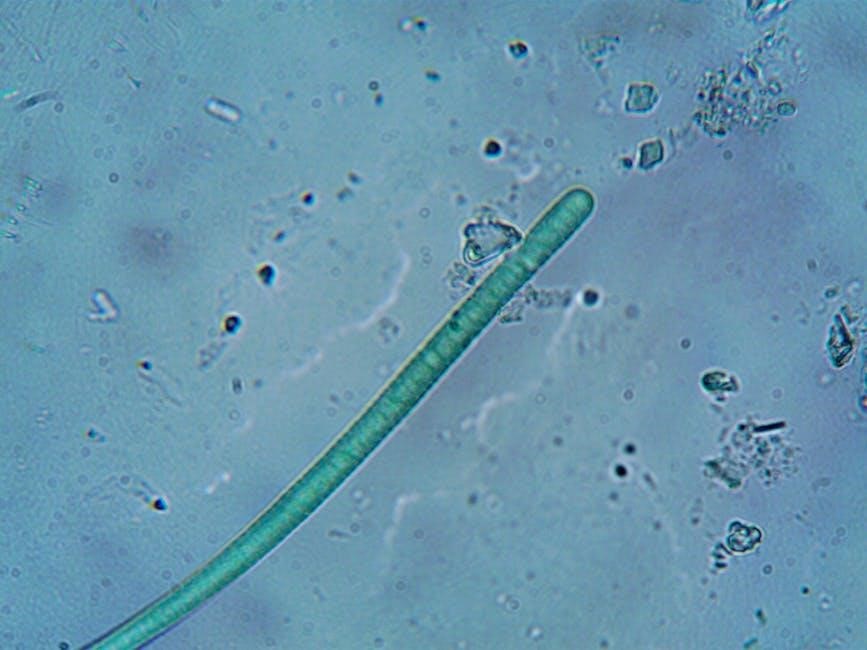
Chapter Assessment and Review
Assess understanding with multiple-choice questions and essay topics. These tools evaluate knowledge of photosynthesis and cellular respiration, reinforcing key concepts and encouraging deeper comprehension of the material.
10.1 Multiple-Choice Questions for Self-Assessment
Multiple-choice questions are an effective way to test understanding of key concepts, such as the Calvin cycle, glycolysis, and the roles of chlorophyll and oxygen. These questions assess the ability to distinguish between photosynthesis and cellular respiration, understand energy transformations, and recognize the interdependence of these processes. They also evaluate knowledge of experimental methods and practical applications, ensuring a comprehensive grasp of the material for self-assessment and improvement.
10.2 Essay Topics for Deeper Understanding
Essay topics encourage critical thinking and in-depth analysis of photosynthesis and cellular respiration. Questions might include: “Explain the interdependence of photosynthesis and cellular respiration in ecosystems,” “Discuss the role of environmental factors in regulating these processes,” or “Analyze how advancements in understanding these processes impact agriculture and medicine.” These topics promote exploration and application of key concepts.